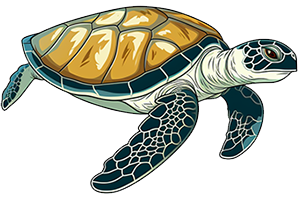Tag: Evolution
-
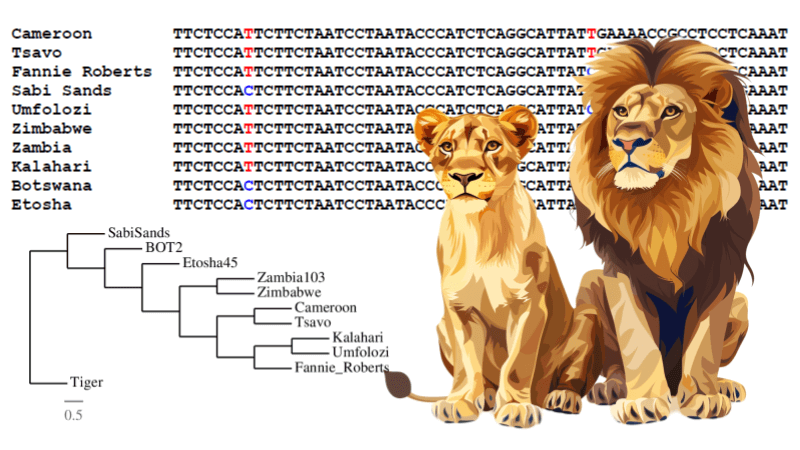
Create a Lion Phylogenetic Tree with Gene Sequences
Explore phylogenetic trees by examining DNA from different prides of lions in Africa.
-
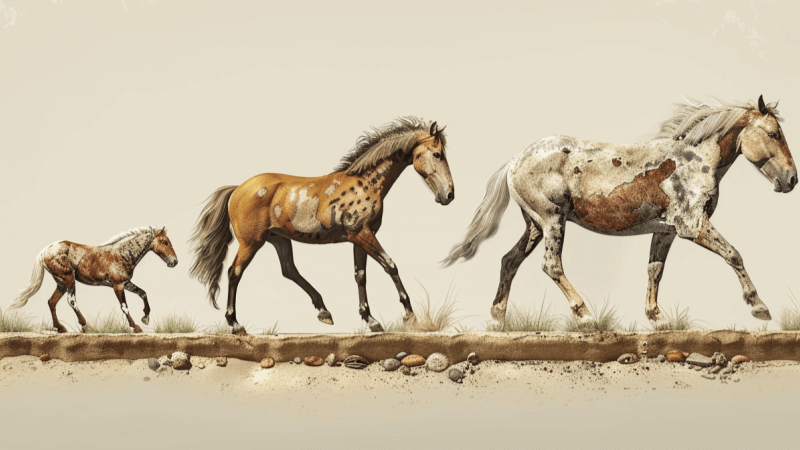
Explore the Evidence for Evolution
Discover the evidence of evolution with this worksheet. Explore fossil records, comparative anatomy, genetics to understand how species have evolved over time.
-
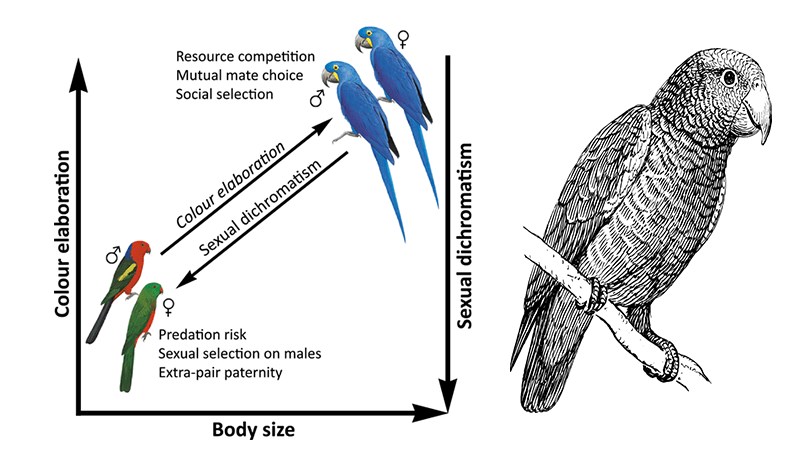
Variation and Sexual Dichromatism in Parrots
Explore sexual dimorphism be examining data on parrot coloration and environment details, like predators, competition, and mate choice.
-
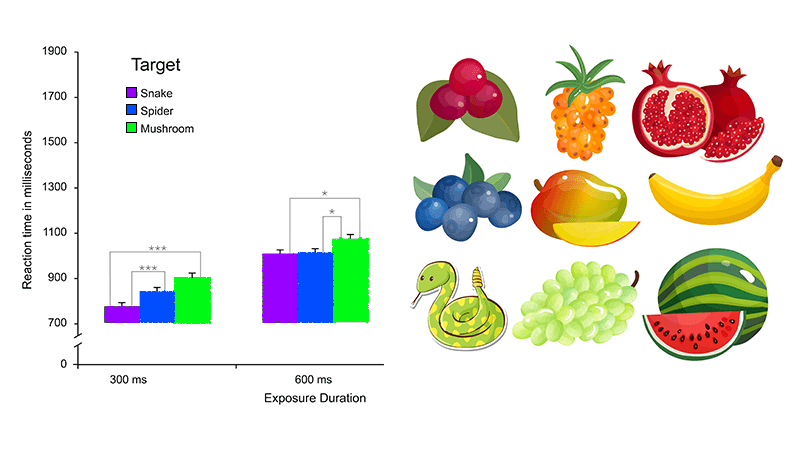
Analyzing Data – Snake Detection Hypothesis (CER)
Explore the snake detection hypothesis by reading about a study and identify claim and evidence.
-
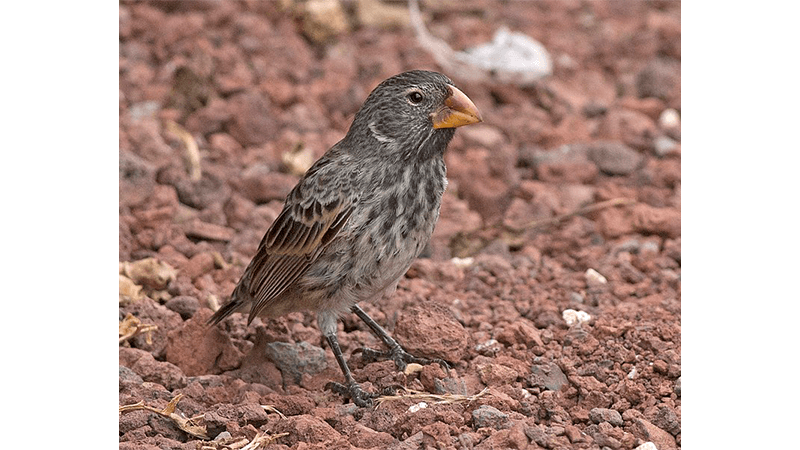
The Beak of the Finch (HHMI) Video Worksheet
Video worksheet for “The Beak of the Finch” at HHMI Biointeractive. Includes questions that follow video and a graph to analyze.
-
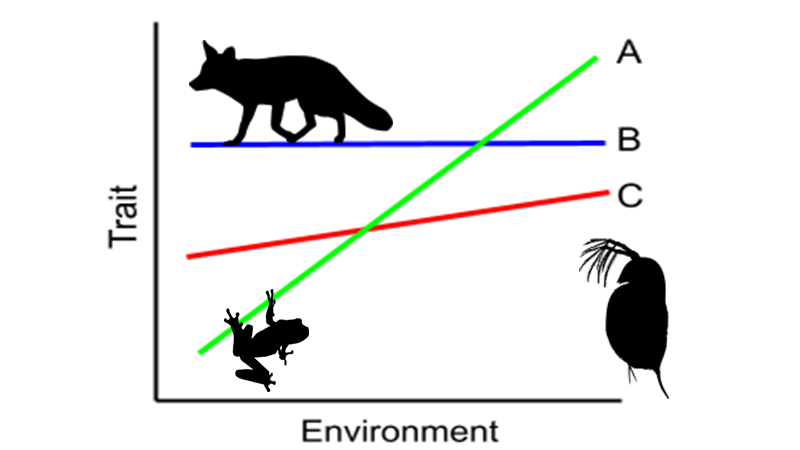
Exploring Phenotypic Plasticity in Arctic Foxes
Learn about arctic foxes and how they change color in the summer, a phenomenon called phenotypic plasticity.
-

Compare Body Plans of Protostomes to Deuterostomes
Compare protostomes to deuterostomes, including details on the development of the blastula. Questions rely on students carefully examining the graphic.
-

Explore Bunny Selection and Mutations with PHET
Students explore bunny selection with this PHET interactive activity. Observe bunny populations change in response to environmental conditions and predators.
-
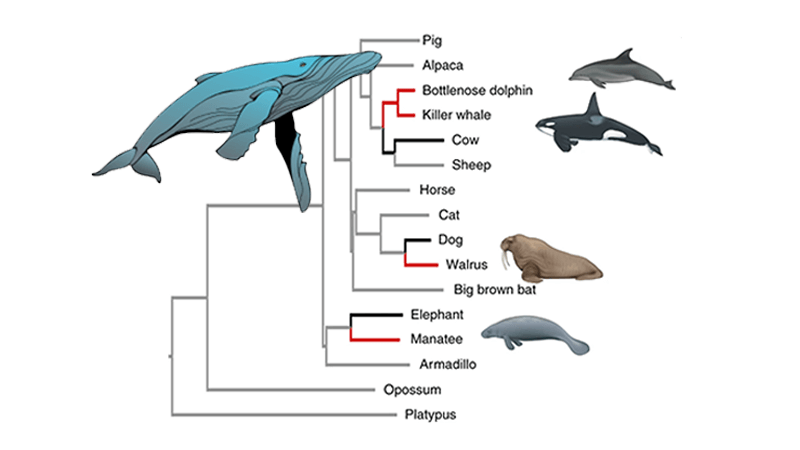
Mutations and Evolution in Aquatic Mammals
Students examine a phylogenetic tree that reveals mutations found in aquatic mammals as evidence of convergent evolution.
-
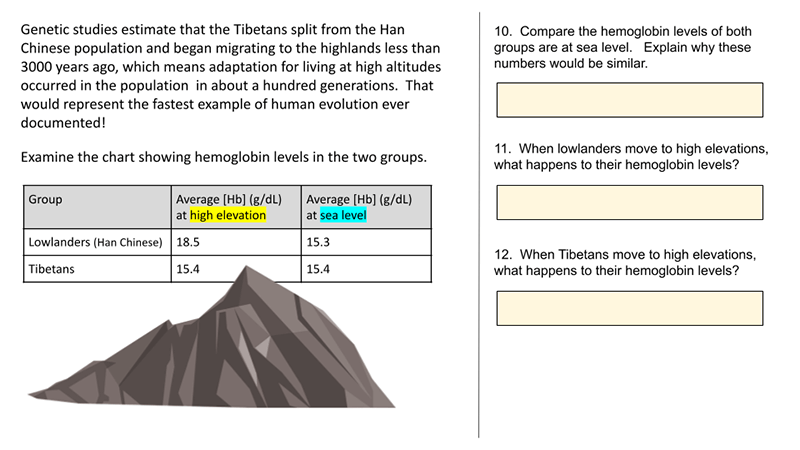
Case Study – Tibetans and Altitude (Remote)
This case study is a remote alternative to “How Do Tibetans Survive High Altitudes.” The remove version is shorter and does not require as much guidance by the instructor. I created this version with Google slides, so students can type their answers directly onto the slide. I made remote versions of several activities because I…
-
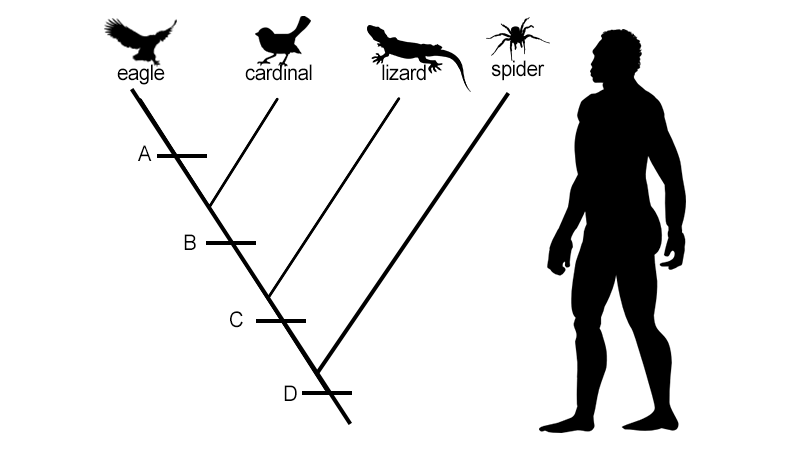
Construct a Chordate Cladogram – Guided Learning
Students learn how to construct a cladogram with this guided learning activity that focuses on the chordate group.
-
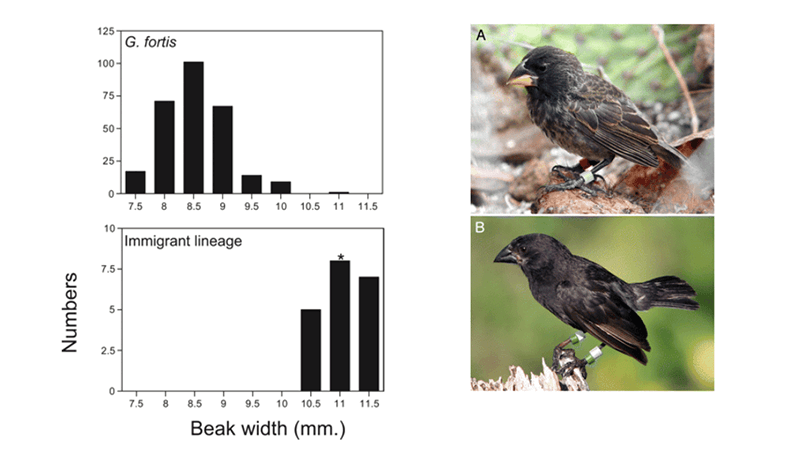
Speciation on Daphne Major – Big Birds Get No Love
The beaks of finches on the island changed in size after a catastrophic draught. Students analyze graphs and explore how natural selection affects populations.
-
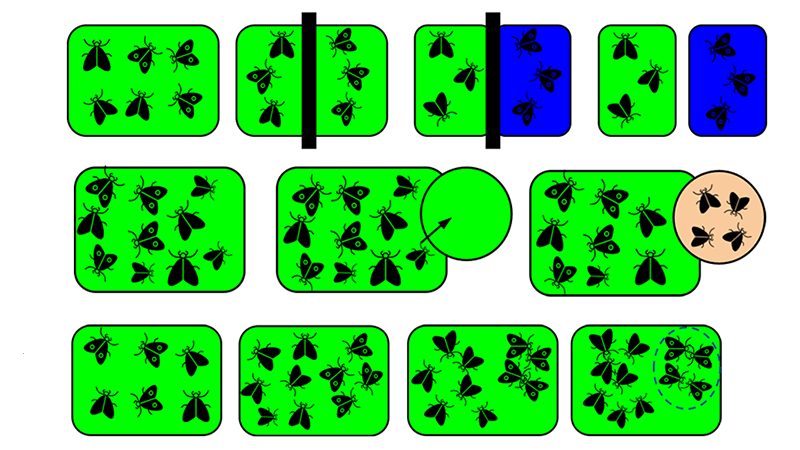
Speciation Modes – Reinforcement
Students distinguish between allopatric and sympatric speciation and then identify what types of isolating mechanisms are described in scenarios.
-
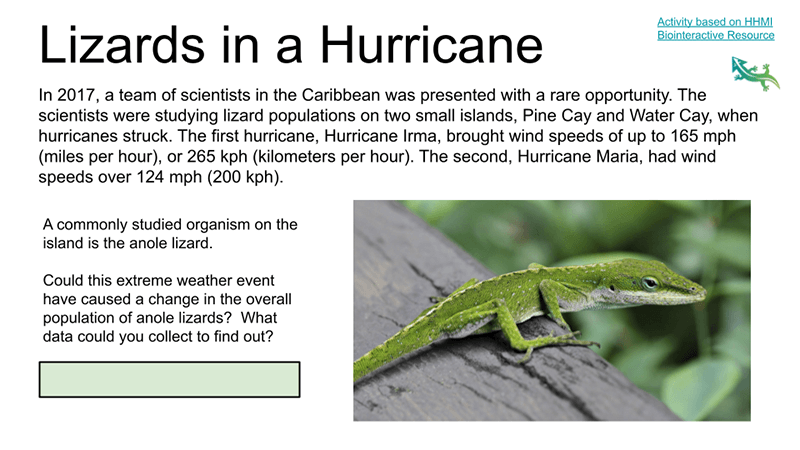
Data Analysis – Lizards in a Hurricane
Students examine images showing how lizards hang on to a branch during high winds. Data shows that some anoles have larger toe pads
-

Investigation: Sticklebacks
This investigation was modified from the HHMI Stickleback Modeling activity where students examine two different forms of the the stickleback fish. One form has spines and bony armor and is found in the ocean. The other has less armor and is missing its pelvic girdle, and is found in fresh water lakes. The activity has…
